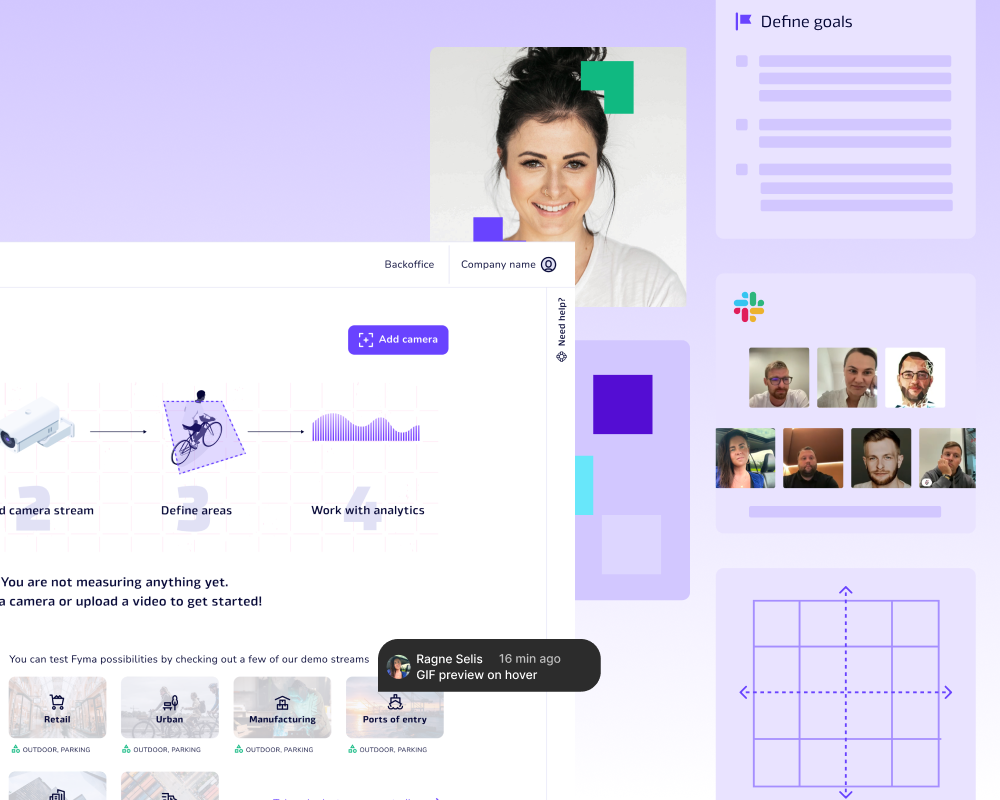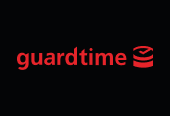Product Strategy
The Why Behind Product Strategy
Product strategy is where a company’s vision meets reality. It ensures that what you’re building isn’t just cool—it’s actually useful and valuable. It’s the glue that holds together big ideas and real user needs. And honestly, it’s not just about making something flashy; it’s about solving real problems, delighting users, and driving the business forward.
Think of it as your product’s North Star. It guides you through all the noise, helping you figure out not just what to build, but why you’re building it in the first place. Without a solid strategy, you’re just throwing ideas at a wall, hoping one sticks. But with the right approach—one that blends human insight, business goals, and smart AI-driven research—you build with clarity and confidence.
A strong product strategy is built on four key pillars: framing the right problem, understanding users, creating a value-driven roadmap, and staying adaptable to change. These foundations ensure that every decision moves your product forward with purpose.
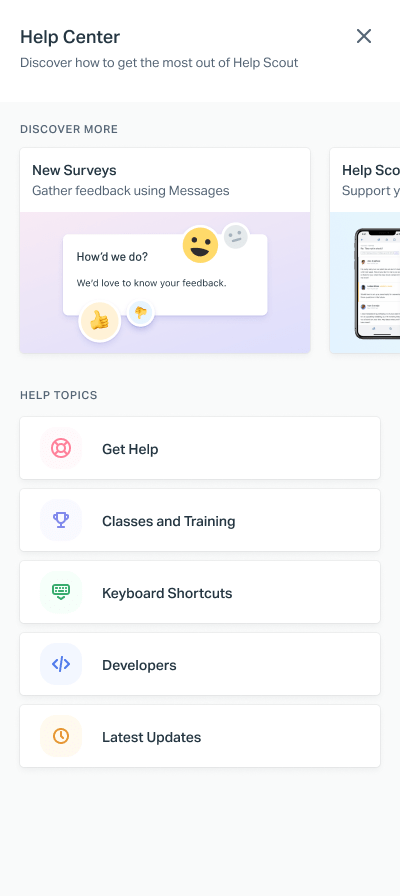
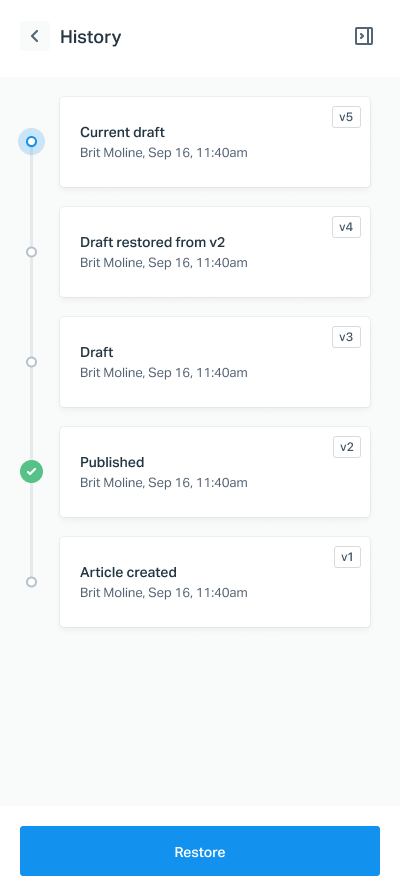
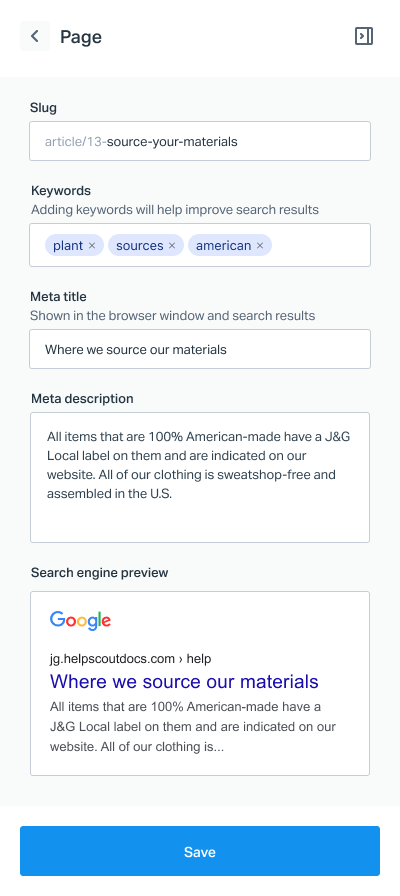
How I Build Product Strategy
Phase 1: Research & Discovery
Before defining a product strategy, I dig into data—market trends, business opportunities, and user behavior. A great strategy isn’t just about features; it’s about business viability and long-term impact.
Problem Framing & Clarity – A good strategy starts with the right problem. I help teams define clear problem statements, so they solve real issues instead of just building features.
What this phase includes:
Market & Competitor Analysis
Understanding the market landscape is key to making smart product decisions. I analyze trends, competitors, and gaps to help position products effectively and uncover real business opportunities.
User Insights & Behavioral Research
A product is only successful if it meets real user needs. I use interviews, usability testing, and behavioral data to uncover real user needs. This ensures every decision is backed by real insights, not assumptions.
AI-Assisted Trend Forecasting
AI accelerates the ability to spot patterns and predict shifts in user behavior and industry trends. I use AI-powered tools to analyze data faster, helping teams make forward-thinking decisions with confidence.
Business Model Assessment
A great product needs a sustainable business model behind it. I evaluate revenue streams, cost structures, and scalability to ensure that product strategies align with long-term growth and profitability.
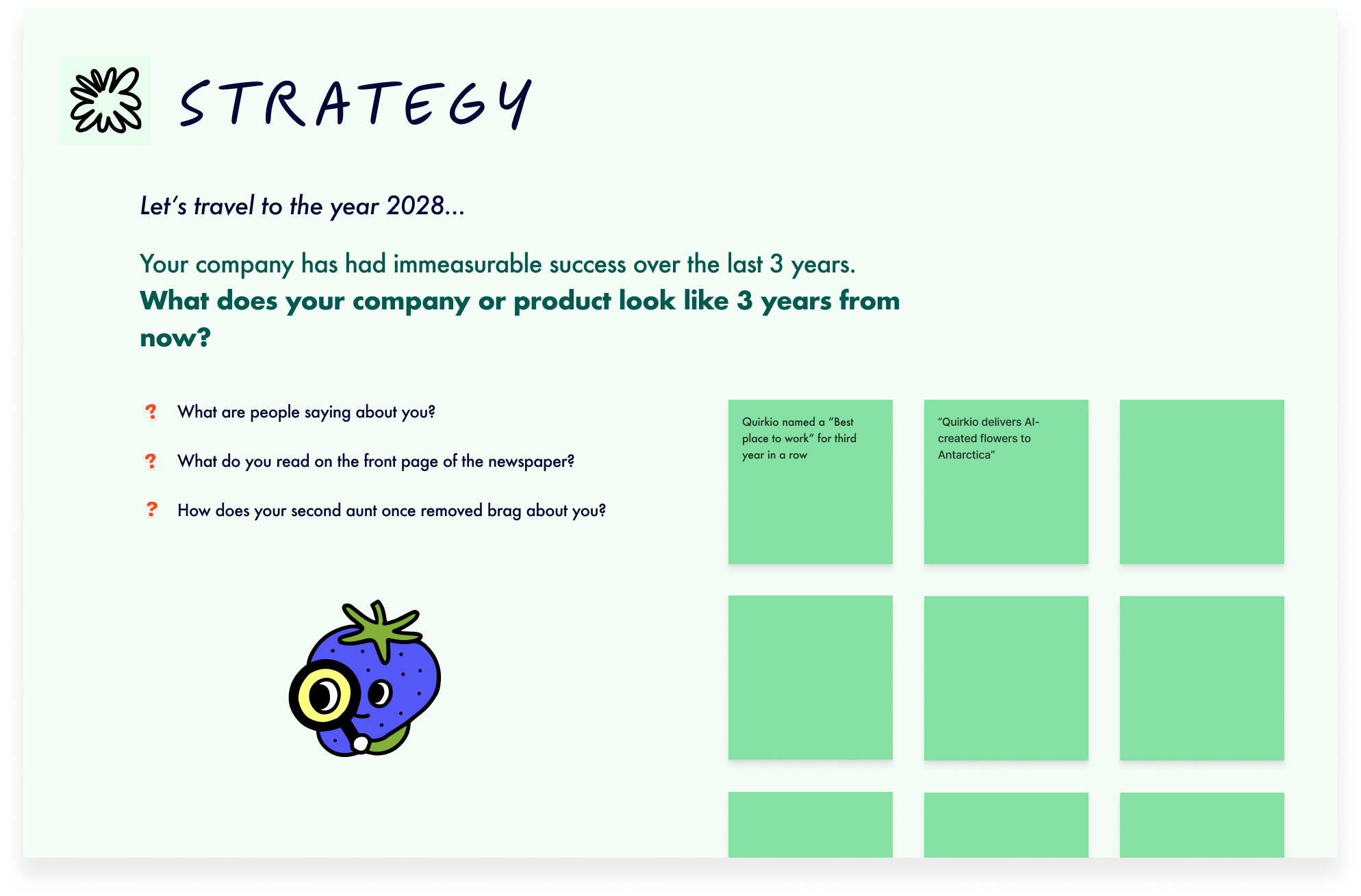

Phase 2: Defining the Strategy
Once the data is in, I translate insights into a clear, prioritized roadmap that aligns with both business growth and user value.
What this phase includes:
Defining the North Star Metric
A clear vision keeps teams on track. I help set a North Star metric so every decision supports long-term product success.
Aligning Business Goals with User Needs
A great product works for both users and the business. I make sure product decisions balance what users need and what helps the business grow.
Prioritization Frameworks
Not everything can be built at once, so it's important to focus on what matters most. I use simple frameworks to help teams decide what to build first, balancing quick wins with long-term goals.
AI-Enhanced Decision-Making
AI helps teams make smarter choices. I use AI-driven insights to spot trends, reduce risks, and support better product decisions.


A strong product strategy is built on four key pillars. These ensure every decision is backed by clear problem framing, user insights, strategic roadmapping, and adaptability.
Key Pillars of Product Strategy
Key Pillars of Product StrategyEach building block plays a vital role in shaping your product's journey. From uncovering user insights to aligning business needs, these steps ensure that every decision you make moves you closer to brilliance.
Strategic Problem Framing
I help teams find the real problems behind their challenges by connecting business goals with user needs. This keeps decisions focused and aligned with long-term success.
Behavioral Insights & Human-Centered Design
Understanding user behavior helps create better products. I look at what motivates people and what they struggle with to design solutions that are both useful and engaging.
Value-Driven Roadmapping
Every feature should add value. I help teams plan product roadmaps that focus on real impact—making sure time and resources go to what matters most.
Adaptive Product Strategies
Markets and user needs change, so product strategies need to be flexible. I help businesses create strategies that can adapt and grow over time.
Phase 3: Execution & Validation
A strategy means nothing without execution. This phase is about turning vision into reality while staying adaptive to market shifts.
What this phase includes:
Defining the MVP Scope
A product doesn’t need to be perfect at launch—it needs to be focused. I help teams decide what’s essential for the first version so they can test, learn, and improve.
Creating a Flexible Roadmap
Plans can change, and a good roadmap should adapt. I help teams create roadmaps that stay clear but flexible, so they can adjust as they learn from users and the market.
AI-Powered Product Validation
Testing ideas early saves time and money. I use AI tools to analyze trends and predict how users might react, helping teams make better product decisions before launch.
Business Impact Tracking
A product’s success isn’t just about features—it’s about results. I help teams track key business metrics like revenue, retention, and growth to see what’s working and what needs adjusting.
Why This Approach Works
Great product strategy isn’t just about what to build—it’s about why and how it aligns with real business goals, user needs, and market trends. My approach takes care of:
- Business-Driven Decision Making – Every product choice supports growth, makes money, and helps the business scale. No wasted effort.
- User-Centered, AI-Powered Insights – I use research and AI to understand users better and find new opportunities faster.
- Adaptable and Actionable Strategy – A strategy isn’t just a plan on paper—it should evolve based on real feedback and results.
I help teams decide what to build and why—whether it’s shaping an MVP, improving a product roadmap, or making sure everyone is aligned on the product vision. To strengthen my approach, I’m also studying business strategy at Copenhagen Business School, keeping up with modern business practices.
Let's Shape Your Next Big Product Move!
I’ll help you craft a product strategy that’s clear, actionable, and user-focused. Whether you're building from scratch or leveling up an existing idea, we’ll work together to create something that drives growth and delivers value to your users. Let’s turn your vision into reality.
Hit me up!